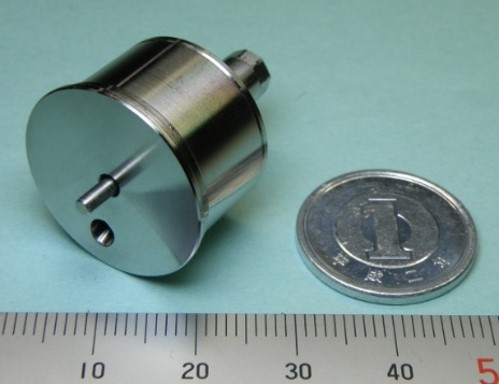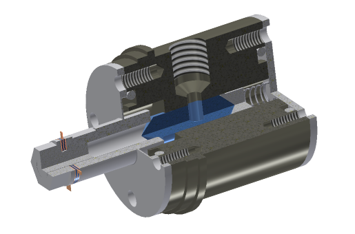Example
Actuator for moving objects in low-temperature conditions
Low-temperature conditions are effective as conditions for scientific measurements because noise is generally suppressed during the measurements, and industrial applications using the state of matter in the low-temperature conditions are also being promoted. While low-temperature conditions down to around the liquid nitrogen temperature (77 K, -196°C) have commonly been used for industrial applications traditionally, lower temperature conditions around the liquid hydrogen temperature (20 K, -253°C) or the liquid helium temperature (4 K, -269°C) are also attracting attention from the viewpoint of hydrogen energy utilization. With this background, we are conducting research with the goal of realizing a small actuator (motor) using vibration for use as a drive source for small mechanical elements used under low-temperature conditions. To this end, we are prototyping various micro actuators using micro-vibration in the ultrasonic region by piezoelectric elements as a driving source. These actuators can be also used under high magnetic field conditions. Our goal is that these actuators will be used as drive sources for valves used to handle liquid hydrogen that is stored and transported under low-temperature conditions and manipulation mechanisms, including sample turning machines for measurement devices used under ultra-low-temperature conditions. Our research is expected to contribute to the realization of a hydrogen energy society and to the efficient use of resources through scientific measurements.



Example of a prototype motor for low-temperature conditions that can be driven below a temperature of 4.5 K

Structural example of a fluid device using a motor for low-temperature conditions as a drive source
Representative
